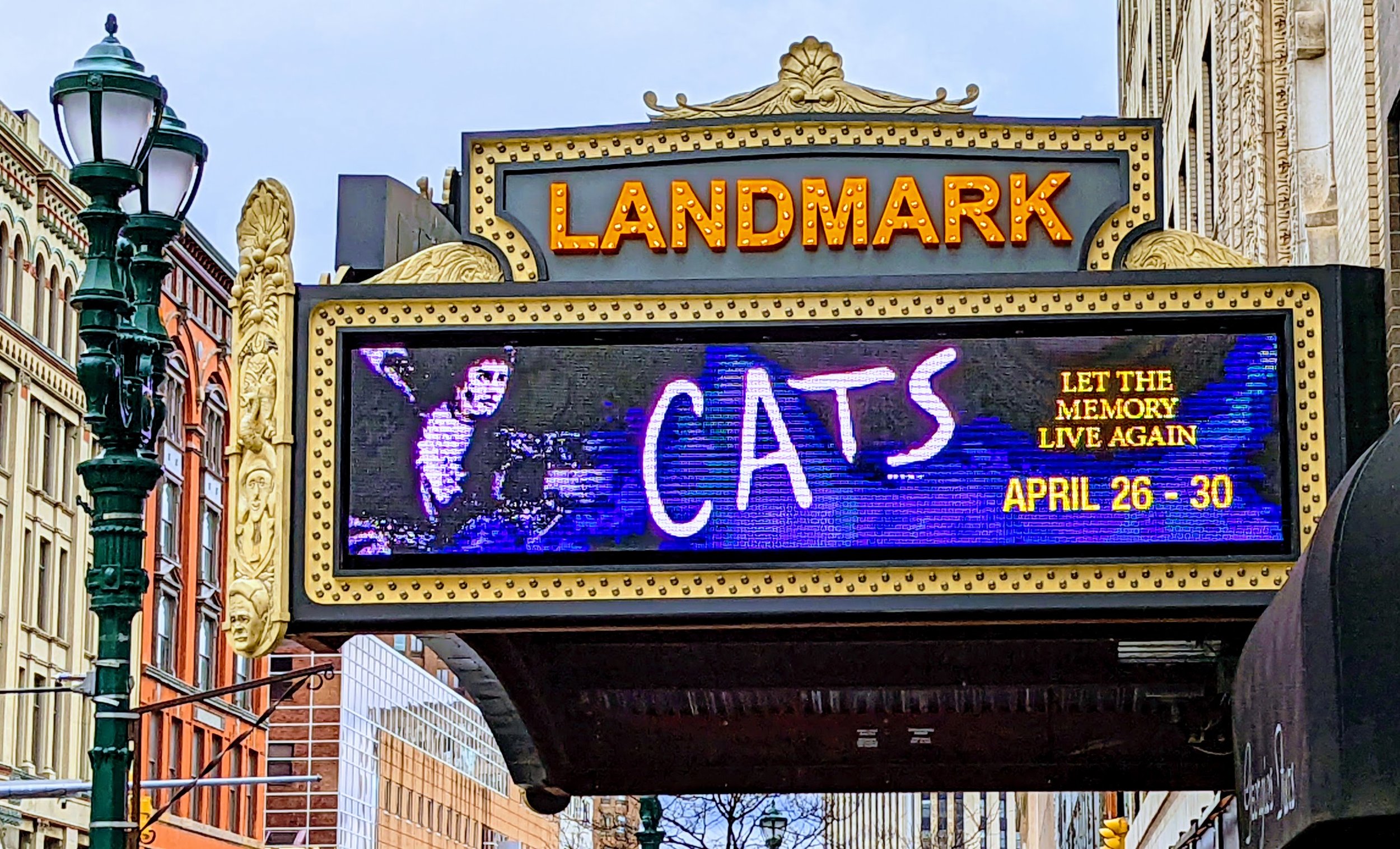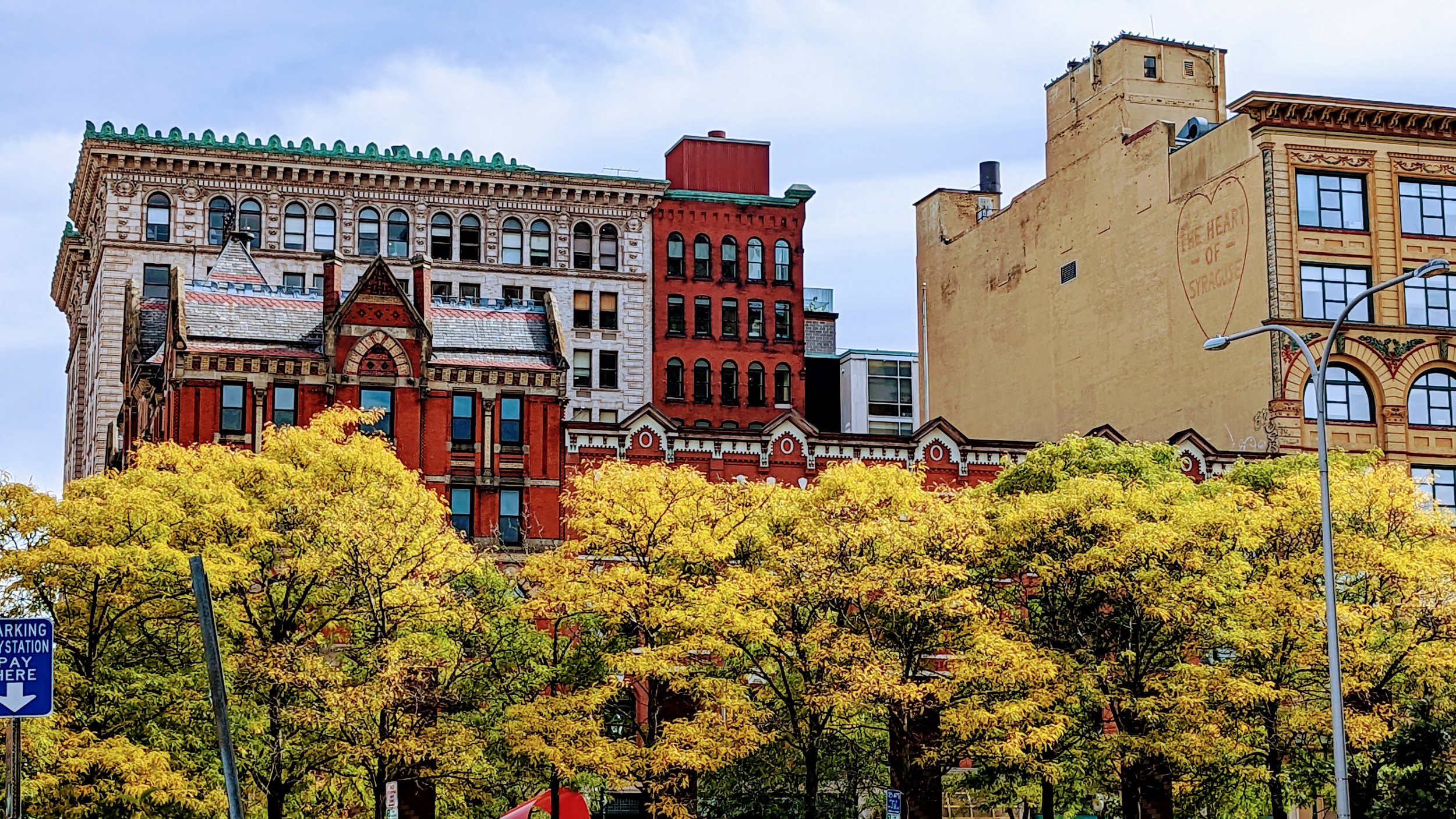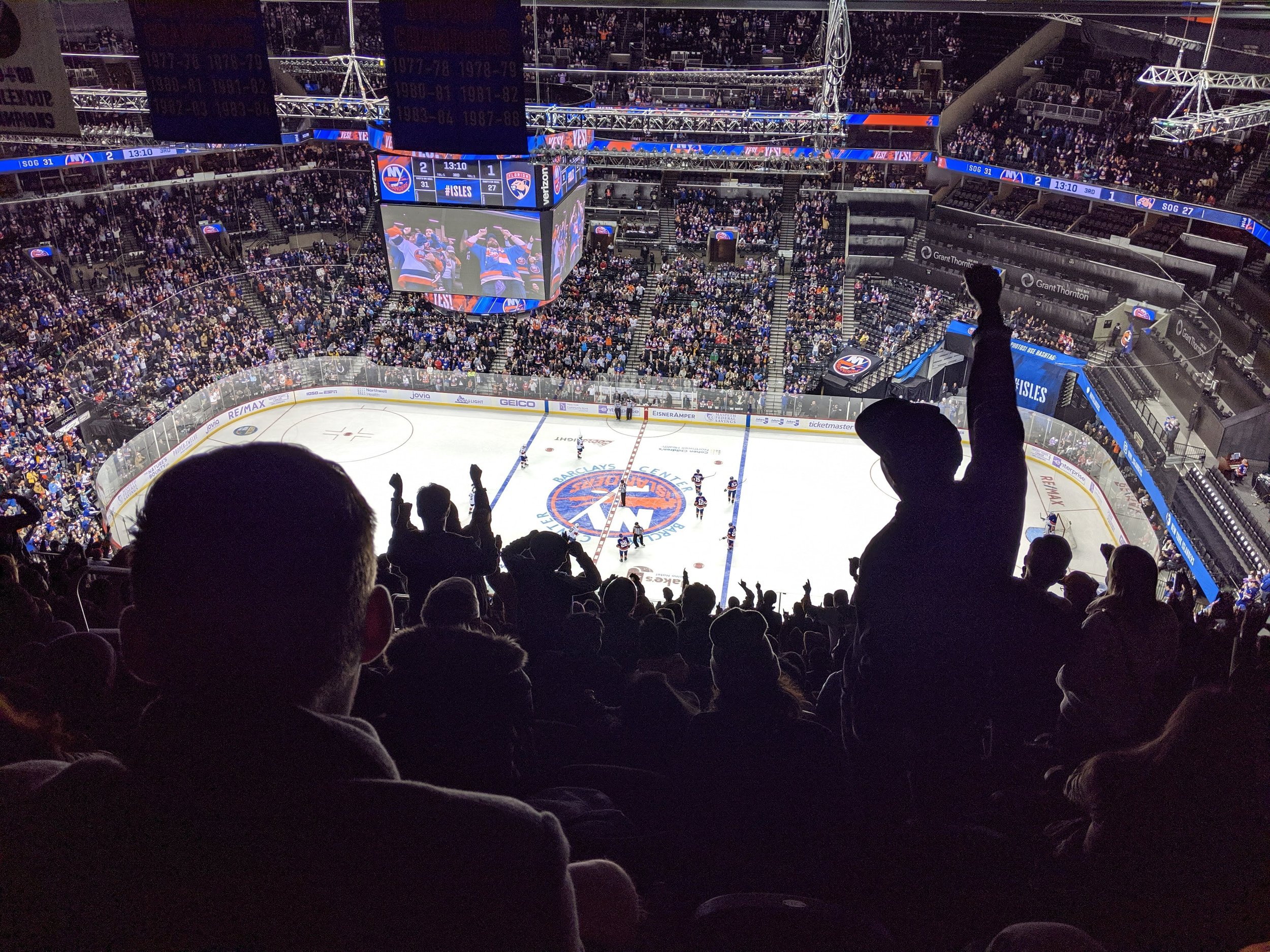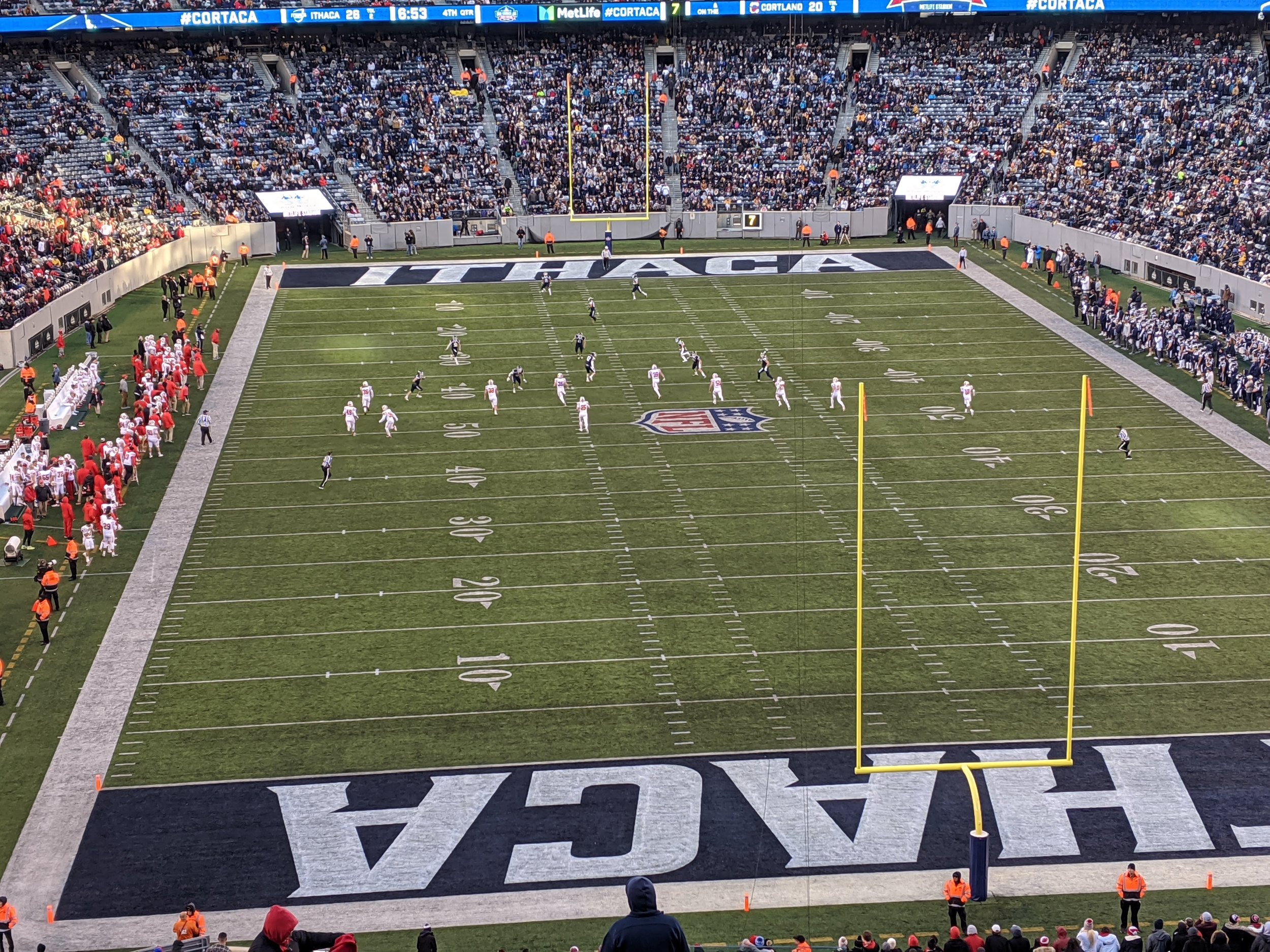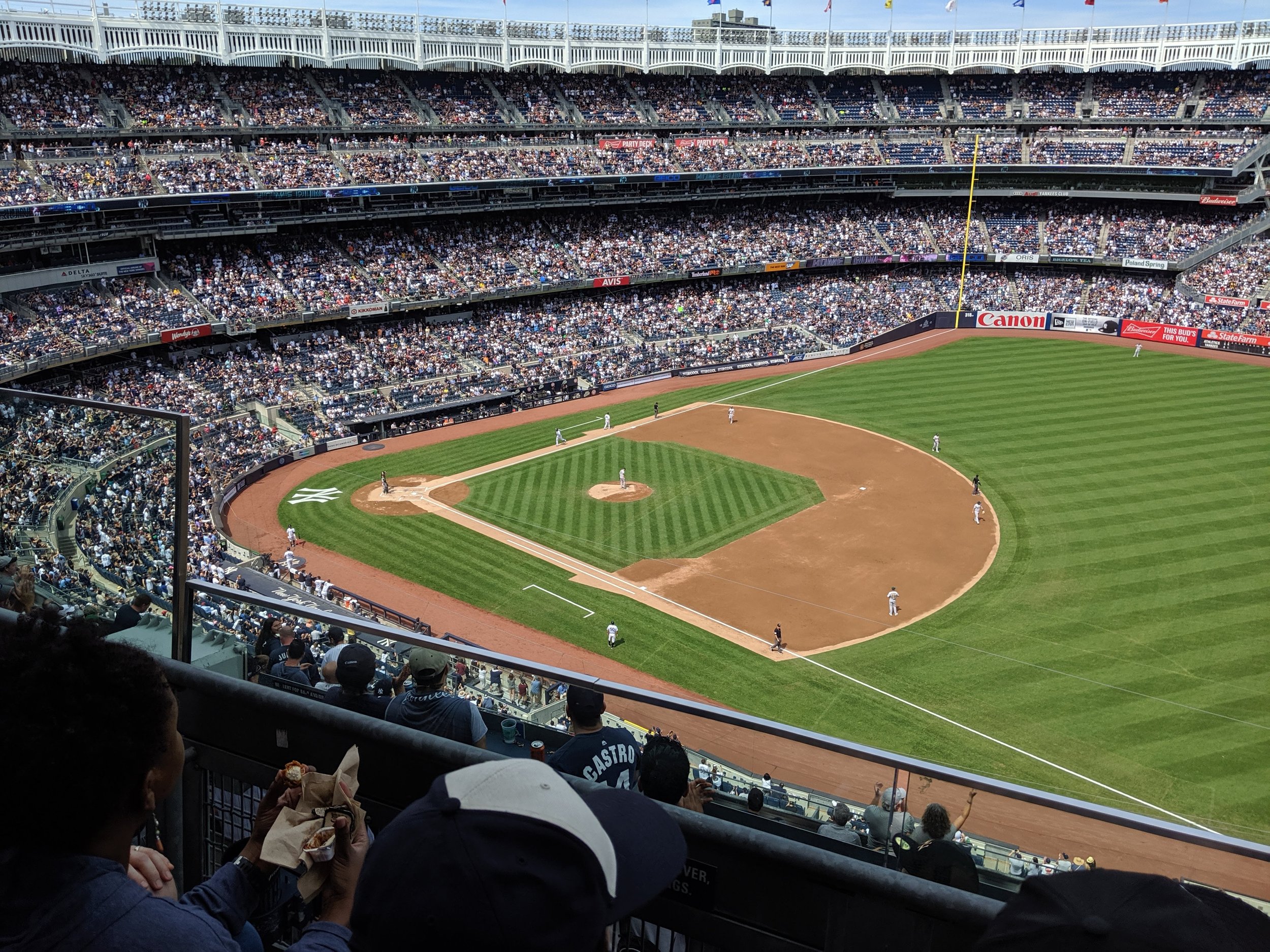At the beginning of each new year many of us find ourselves making resolutions on how we’d like to change for the better. This could be going to the gym more, taking up journaling, traveling, or being more present with your friends and family. It's a time to reset, take stock of everything that came before, and decide how we’d like to begin anew. Many times to begin this process of change we must also change our mindsets. As 2025 begins, I’d like to take a moment to reset how we view our cities and remind us that all cities are beautiful. All cities are home to joy, sadness, excitement, the mundane, and the beautiful. Let’s remember to look for the beauty in all of those emotions and see how our environment shapes them.
When we travel, we often are open to seeing the beauty in the places we visit. We notice the vibrancy of a downtown district or the way an urban canyon forms as you look down a crowded street. We notice the unique restaurants, cafes, and bars that we visit while wandering around a new place. The cultural touchstones unique to each city. Even the everyday places (corner stores, gas stations, laundromats, etc.) spark interest and intrigue as we compare them to the ones we see in our neighborhoods.
Yet, when we’re home, in the city we are most familiar with, we continually overlook these same values and beauty. Our everyday experiences, from home to work and school, blind us from the beauty others may see when they experience it for the first time. So, in 2025, I challenge each of us to look for the beauty in our everyday lives, in the cities we call home.
This goes beyond the places we all know as beautiful - the cathedrals, historic buildings, stately homes, and park space - and ventures into the everyday beauty. How the street trees look in the fall. How the sunlight hits the houses in your neighborhood at the right time of day. The utilitarian structures that someone put a little more effort into to make them unique, even a parking garage.
This includes the events that gather our neighbors into common spaces to enjoy a shared experience. Festivals change how we experience our cities, pedestrianizing them, allowing us to experience new vantage points otherwise off limits or fleeting when you drive by in a car. Slowing us down and allowing us to look at the details on each and every building.
But this doesn’t mean we should preserve our cities in amber. Our cities are beautiful because they change and grow. In Syracuse, so many of our historic buildings have been changed in recent years, bringing new life to them through conversions and rehabilitations. New buildings add to the fabric of our cities, demonstrating vibrancy through contrast.
We’ve expanded ways to see our cities. New shared use paths, bike lanes, and transit have given people new found access to their communities, at a pace and scale that connects us to our surroundings. We’ve preserved our waterfronts in ways to give everyone access because everyone deserves a chance to enjoy it.
We’ve found opportunities to bring color into our streets. Murals, both on buildings and in the streets, have given people a chance to put their mark on their neighborhood. They’ve brought people together and showcased different cultures. While we often see graffiti as a nuisance, it can also be beautiful, defining a space and time.
In 2025 we must take moments to appreciate this beauty and find ways to keep infusing life into our neighborhoods. We should be open to welcoming new neighbors and allowing them to add to the shared beauty of our cities. Always be looking around as if this is your first time seeing your city. See it through fresh eyes and look for your chance to make your mark. All cities are beautiful, if you look for it.
Chicago, IL











































